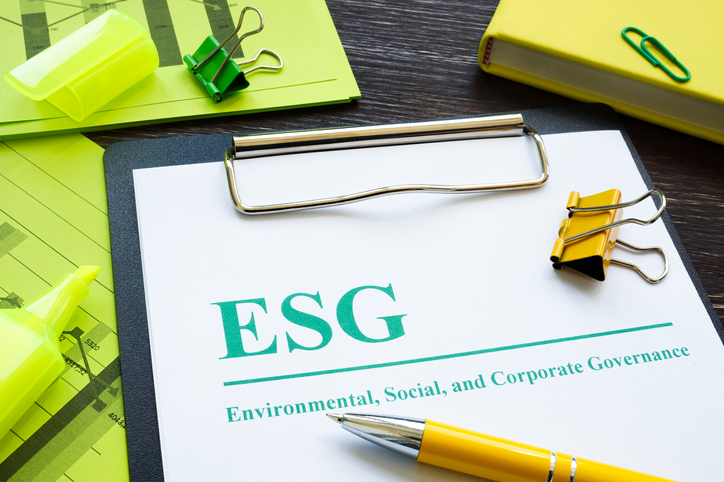Environmental, social, and governance (ESG) investment funds tend to be riskier than other funds, a recent Wall Street Journal report indicates. ESG funds are guided by progressive-Left environmental, societal, and governance concerns, using those factors to determine which securities and assets to buy.
The average volatility of S&P 500 funds is 15.04 percent, and the average volatility for ESG funds is 15.46 percent, the Wall Street Journal reports.
ESG funds are typically overweight in technology sector stocks. This exposes them to more volatility and thus higher risk levels. They tend to include more small-cap stocks and are usually more heavily exposed to cyclical industries that fluctuate more greatly with consumer demand.
Single-stock risk is also identified as a concern. Many funds studied included positions of 10 percent or more.
“There is considerable risk in focusing that much weight on one holding in a fund,” writes Dr. Derek Horstmeyer for The Wall Street Journal. “Investors should be cognizant of these risks before picking an ESG fund. Failing to look under the hood of an ESG investment could result in unwelcome surprises.”
“The results of the WSJ study do not surprise me,” said industry executive Mark Hoaglin, CFP. “I don’t think the ESG investors understand the mechanics of how a fund manager operates. He or she is charged with earning a target return according to the investment policy of the fund. If the fund can invest 35 percent in ESG stocks, then they must make up the return in riskier stocks when the ESG stocks underperform. ESG investors need to be educated about the associated risk of this investment strategy.”
Funds that focus on environmental sustainability have increased in popularity in recent years, Morningstar reports. In 2020, more than $51 billion in assets poured into ESG funds, almost double the amount for 2019. The trend toward ESG funds increased dramatically in the fourth quarter of 2019.
Flows into sustainable funds now account for 24 percent of all asset flows. Not too long ago, that number was 1 percent. This is substantial growth, but there is still no clear definition of what an ESG fund really is. Investors are flocking to an idea without clarity of structure, definition, or government regulatory approach toward this market segment.
“Fund managers and investment firms need to be more forthcoming in how they quantify ESG objectives and sustainability among the stocks and other assets in their portfolios,” writes Aaron Yoon for The Wall Street Journal. Yoon says ESG funds should be included in 401ks. Currently, they are rarely used for those retirement funds.
“Some critics say the lack of transparency around ESG funds is a reason these investments should be excluded from 401(k) plans,” Yoon writes. “I believe the opposite is true. Including ESG funds in 401(k) plans likely would increase pressure on fund companies and regulators alike to improve transparency, resulting in long-awaited standards and reporting rules around what makes an investment sustainable.”
“The problem with ESG funds stems from the fact that there is no global standard for defining and measuring ESG performance, and that has led to a great deal of confusion,” writes Phillip Braun for The Wall Street Journal.
ESG funds also tend to be more expensive than other funds, potentially decreasing returns, and ESG is difficult to measure at this point. Investors in these funds are not being given sufficient information about these tradeoffs, Braun says.
“Even those who are willing to pay extra to support sustainability and a ‘green’ agenda cannot be sure that ESG funds deliver on that either,” Braun writes. “Determining whether a stock or a fund is truly advancing ESG goals is difficult because the investment industry lacks a comprehensive ESG measurement framework.”
